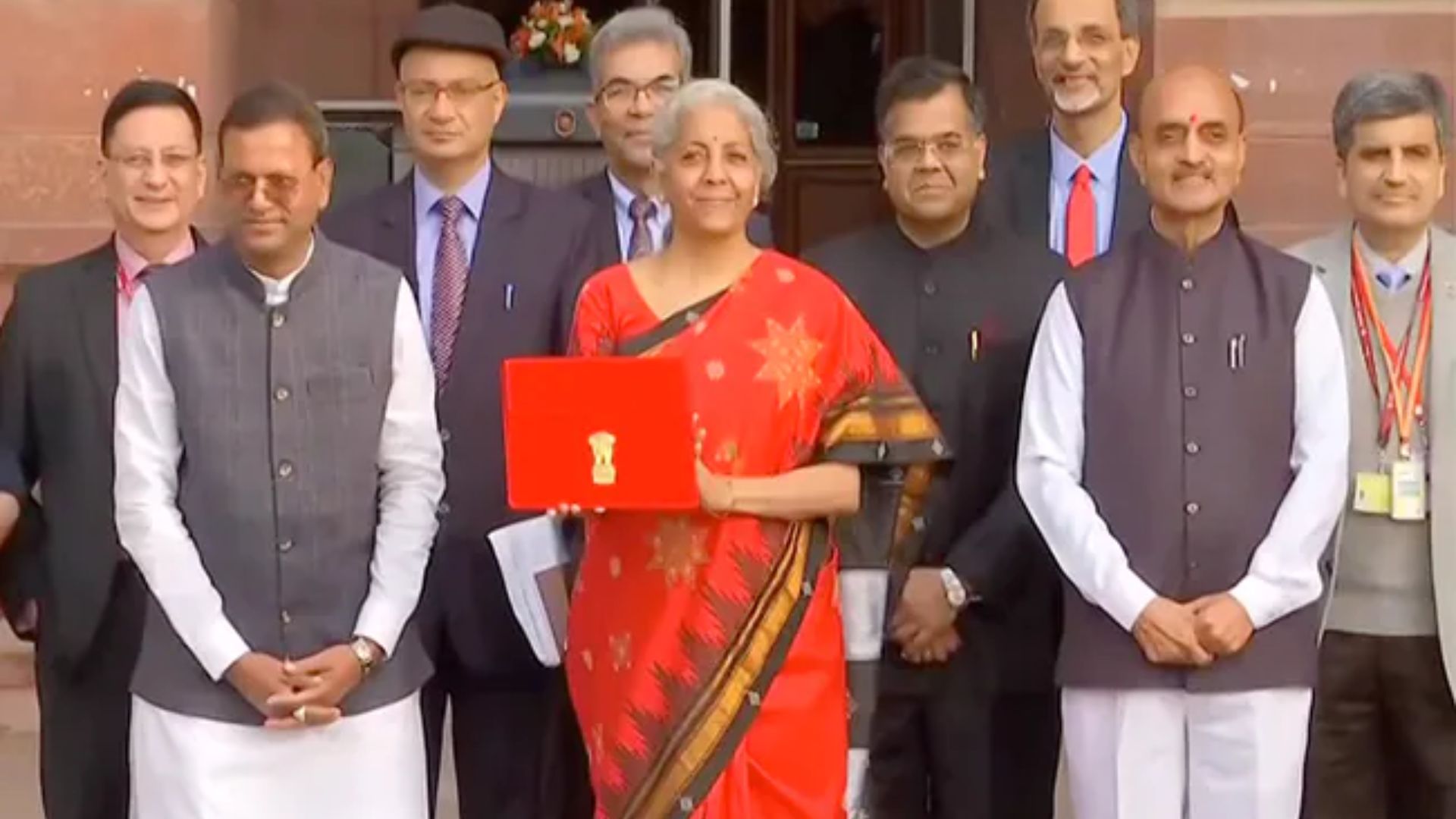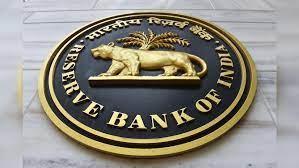

Economists Project RBI’s Interest Rate Stability Amidst Global Economic Growth
In the realm of fiscal policy, Reserve Bank of India (RBI) is anticipated to maintain its current interest rates until July, extending beyond the expected timeline of the US Federal Reserve. This projection stems from robust economic expansion coupled with sustained inflation levels, as per a consensus reached by a majority of economists surveyed by news agency Reuters.
Indian Economic Performance and Monetary Policy Outlook
India’s gross domestic product (GDP) surpassed both RBI and market forecasts during the October-December quarter of FY24, demonstrating a growth rate of 8.4 percent — outpacing major economies worldwide. Despite this, retail inflation remains near the upper threshold of the central bank’s targeted range of two to six percent, suggesting a reluctance towards rate cuts.
Unanimous Anticipation of RBI’s Rate Stability
All 56 economists polled between March 15-22 by Reuters unanimously expect RBI to maintain the repo rate at 6.50 percent following its April 3-5 meeting. However, opinions diverge regarding the timing of the first rate cut in 2024. Median projections indicate a reduction to 6.25 percent by September’s end and further to six percent by year-end.
Comparative Monetary Policies
The recent escalation of the Russia-Ukraine conflict triggered a notable surge in commodity prices, particularly oil, which subsequently influenced the pricing dynamics of other goods and services, contributing to core inflation. Notably, the US Federal Reserve (as of March 2022) and the European Central Bank (as of July 2022) were among the last major central banks to initiate rate hikes. Conversely, India commenced its policy tightening in May 2022, with the repo rate climbing to 4.4 percent.
Policy Rate Differential and Economic Implications
During this period, India’s policy rate differential with the US, UK, and Europe expanded as RBI executed its initial rate hike, elevating the repo rate by 40 basis points. While inflation in numerous developed and emerging markets exceeded central banks’ targets, labor market tightening exerted additional pressure on price stability. Consequently, central banks globally swiftly adjusted rates to a more restrictive stance to curb inflationary pressures.
Policy Trajectories and Rate Peaks
For most central banks, including the US, the zenith of the interest rate cycle was reached in the second half of CY2023. In July 2023, the US policy rate peaked at 5.5 percent, marking an increment from March 2022. Conversely, India reached its peak rate within nine months of initiating the rate-cut cycle.
Evaluating Rate Hike Magnitude
India’s rate hikes were relatively conservative, with a cumulative increase of 250 basis points from the COVID-19-induced low. This trajectory has restored the policy rate to its average level over the past decade, according to Aditi Gupta, Economist at Bank of Baroda.
Prospects for Central Bank Policies
The existing 100 basis point differential between India and the US signifies a deviation from historical norms, attributed to the Fed’s more assertive stance on rate hikes. Despite this, India continues to attract robust foreign capital inflows, buoyed by the nation’s sustained growth trajectory. While the US Fed hints at potential rate reductions in the near future, India’s economic trajectory implies a prolonged period of elevated interest rates by the RBI.